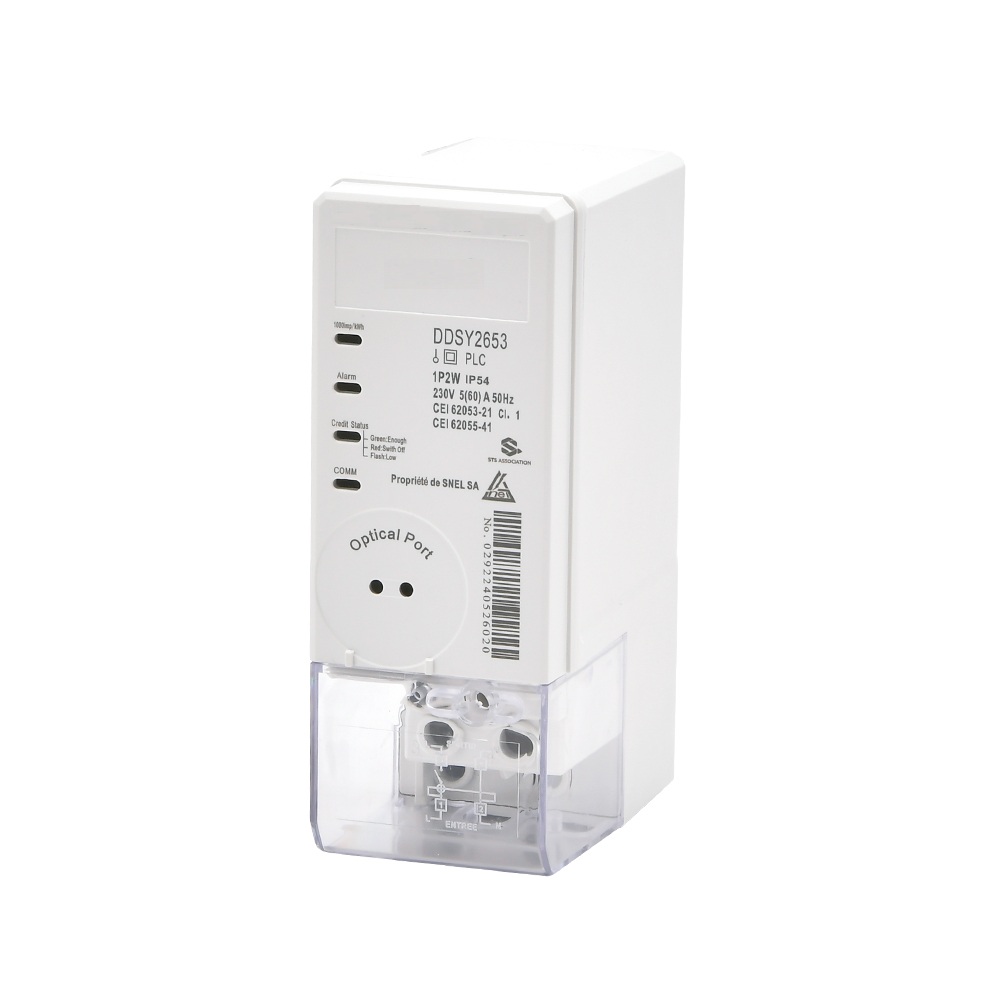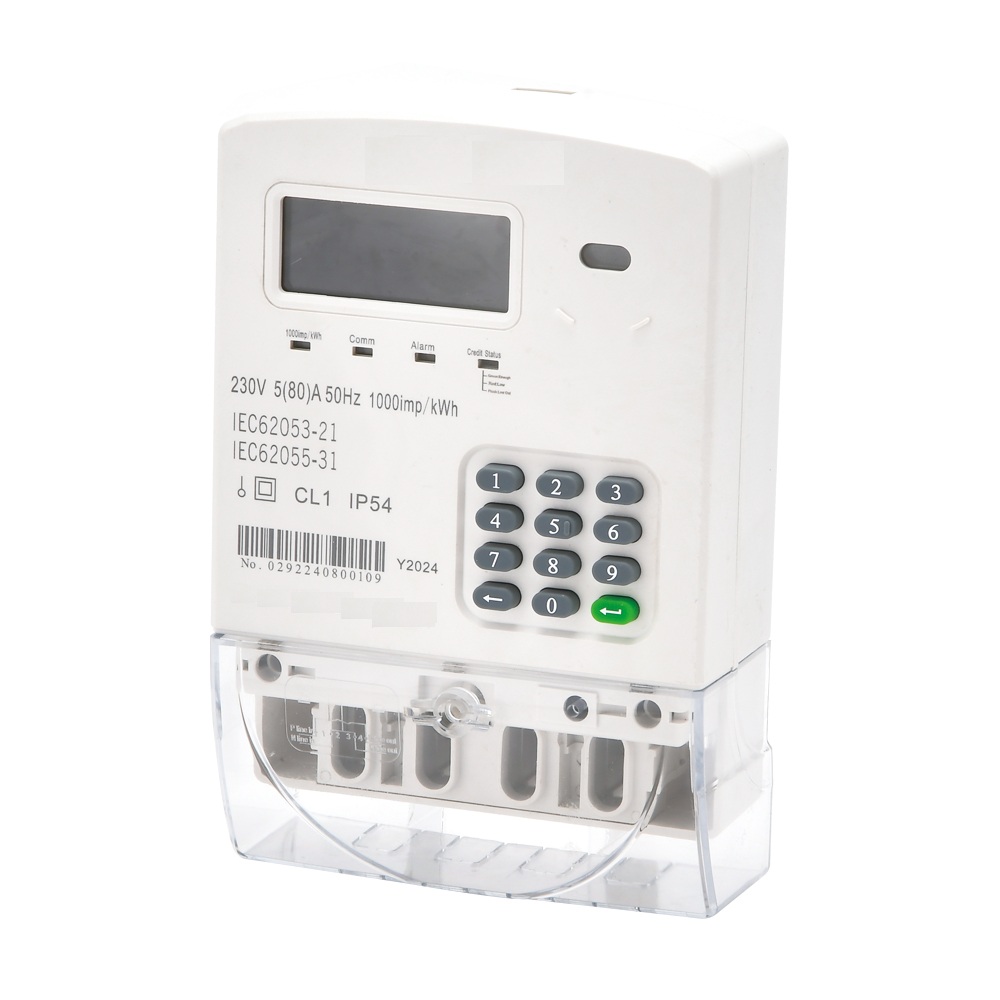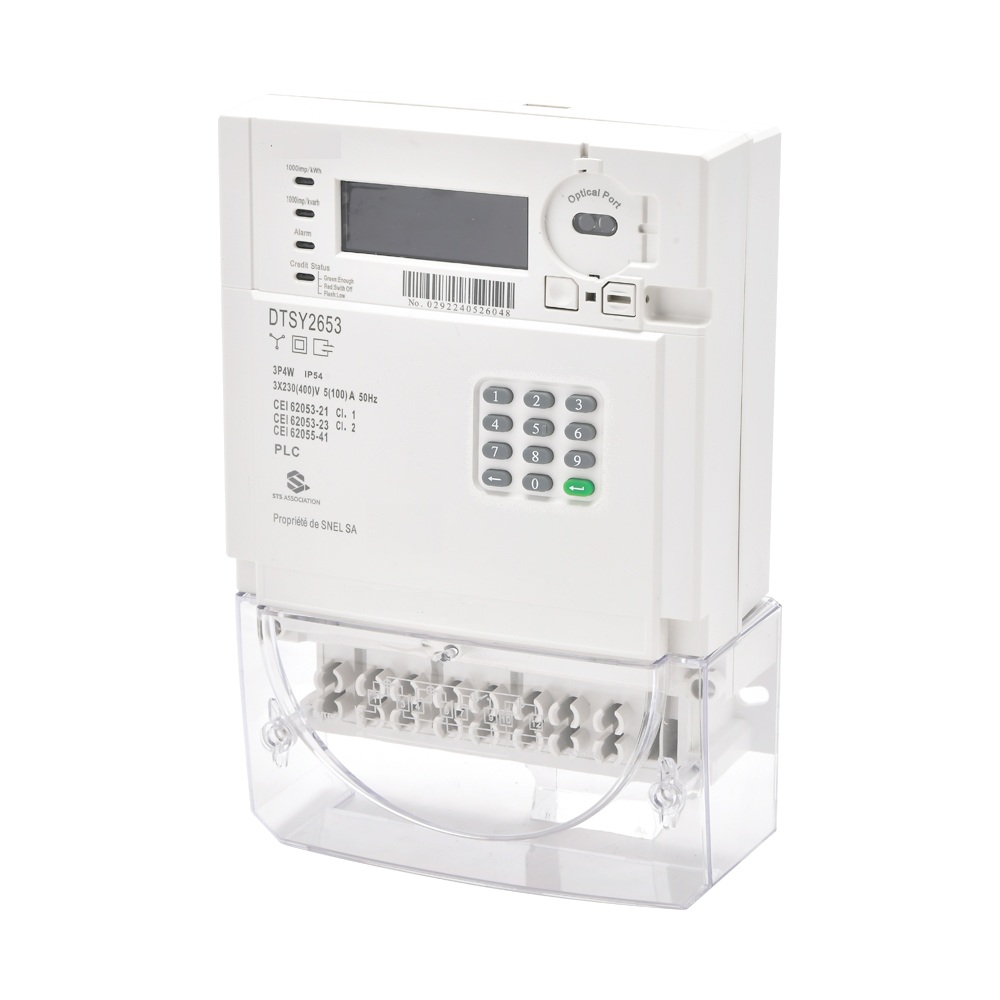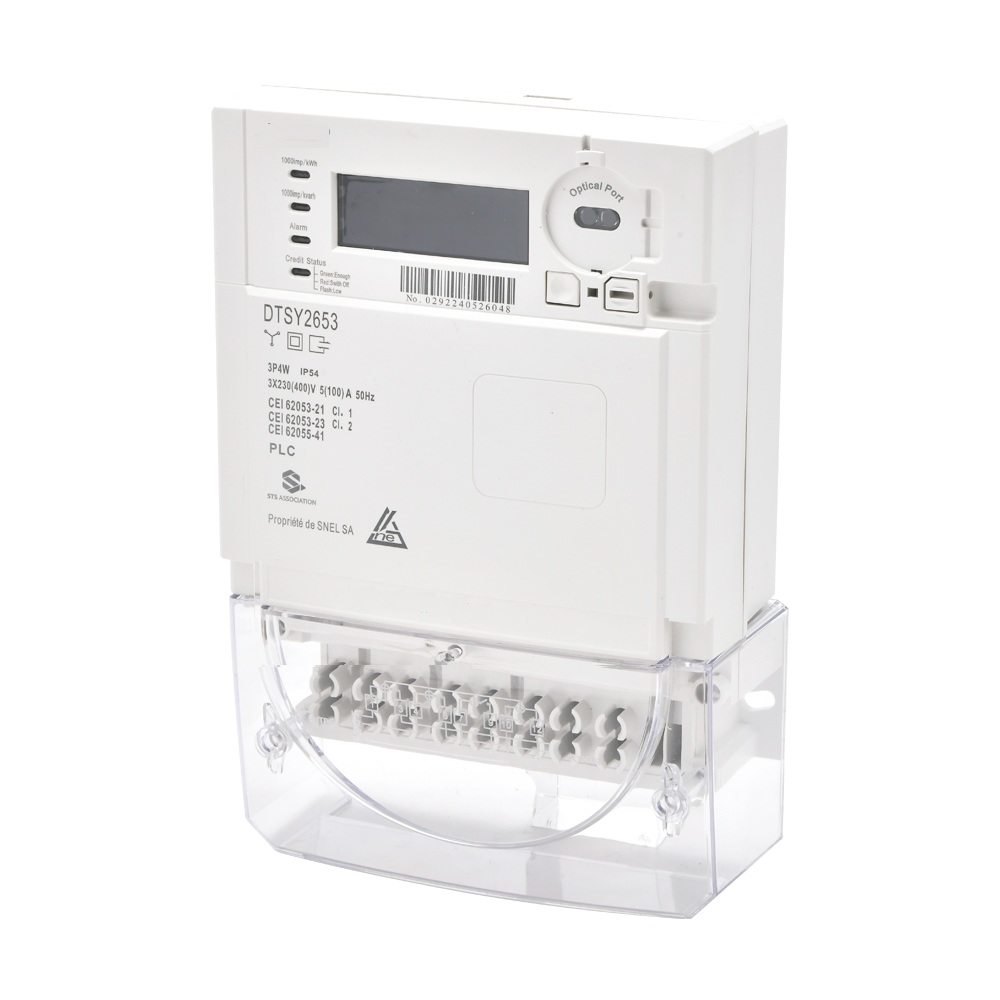What smart prepaid meters do 10KV power-consuming factories and enterprises use?
Publish Time: Author: Site Editor Visit: 508
Firstly, the 10KV voltage level mentioned by the user belongs to high-voltage distribution systems, which are commonly found in medium and large industrial enterprises. These types of users usually consume a large amount of electricity and have high requirements for the accuracy, functionality, reliability, and communication capabilities of the electricity meter. Smart prepaid meters need to meet multiple standards in high voltage environments, such as high voltage input, multifunctional measurement, data communication, etc.
Next, I need to consider the basic requirements for high-voltage electricity meters. Ordinary low-voltage meters (such as 220V or 380V) cannot be directly used in 10KV systems, so meters equipped with voltage transformers (PT) and current transformers (CT) must be used. In addition, smart meters need to have high-precision measurement capabilities, support multiple parameter monitoring such as voltage, current, power factor, harmonics, as well as data recording and remote communication functions.
Then, I need to list the suitable types of smart meters. This may include multifunctional power meters, smart energy meters, rail mounted meters, etc. Each type of electricity meter has different characteristics, for example, multifunctional power meters usually have comprehensive functions and are suitable for industrial environments; The rail type installation is convenient and may be suitable for situations with limited space. It is necessary to specify their application scenarios and advantages.
At the same time, the electricity meter needs to comply with national standards (such as GB/T) and international standards (such as IEC) to ensure compliance and interoperability.
Users may also be concerned about the specific functions of the electricity meter, such as reactive power metering, demand statistics, harmonic analysis, event recording, remote communication interfaces (such as RS485, Modbus, 4G, etc.). These functions are crucial for the integration of energy management and monitoring systems in factories.
In addition, precautions for installation and maintenance should also be mentioned, such as the need for professional personnel to install, regularly verify and maintain, and how to connect to the energy management system through communication interfaces to achieve real-time monitoring and data analysis.
Finally, it is necessary to summarize the recommended types of electricity meters and provide selection recommendations to help users make appropriate choices based on their own needs, such as budget, functional requirements, system integration, etc. At the same time, users are reminded to pay attention to the protection level and environmental adaptability of the electricity meter to ensure stable operation in industrial environments.
It is necessary to ensure clear answer structure, point by point explanation, and concise and easy to understand language, avoiding overly technical terms, and providing explanations when necessary. It is also necessary to check for any missing key points, such as whether explosion-proof requirements or adaptability in special environments need to be considered, but this may not be necessary in general industrial environments unless specifically pointed out by the user.



